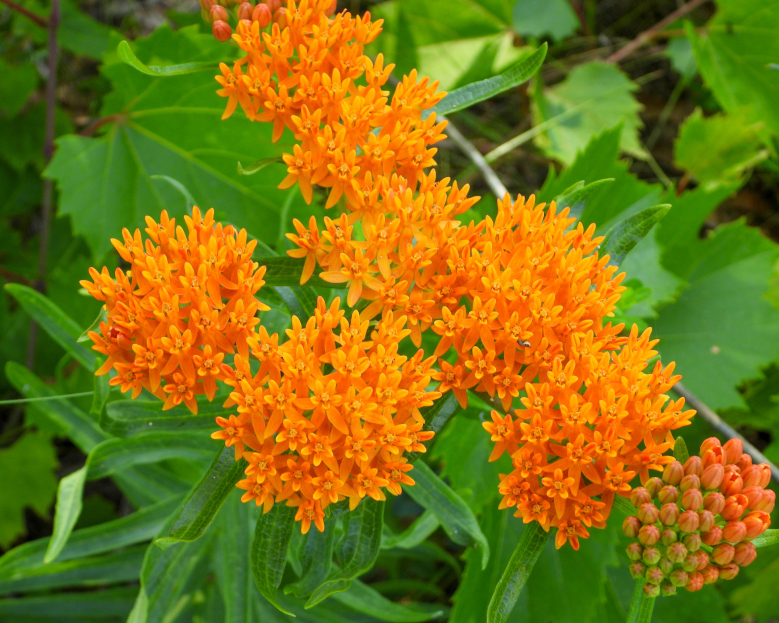
Asclepias, commonly known as Milkweed, is more than just a beautiful wildflower—it's a critical host plant for monarch butterflies and a magnet for pollinators of all kinds. With its upright stems, clusters of nectar-rich blooms, and unique seed pods, milkweed is a must-have for wildlife gardens, meadows, and eco-conscious landscapes.
Native to North and South America, milkweed includes many species, such as Asclepias tuberosa (butterfly weed), Asclepias incarnata (swamp milkweed), and Asclepias syriaca (common milkweed). Each has its own charm and growing preferences, but all share the same incredible ecological value.
Asclepias thrives in full sun—ideally, 6 or more hours of direct sunlight each day. Full sun encourages strong stems, more blooms, and a better chance of attracting butterflies.
In shadier spots, Asclepias may become leggy and produce fewer flowers.
Different species of Asclepias have slightly different water needs:
In general, water newly planted milkweed regularly until established. Once settled in, most varieties require minimal watering except during prolonged dry spells.
Asclepias prefers well-draining soil and is tolerant of poor or sandy soils, especially species like A. tuberosa. However, it can also thrive in loamy or clay soils depending on the species.
Avoid overly rich soil, which may encourage floppy growth. If planting in containers, ensure pots have drainage holes and use a gritty mix.
Asclepias does not require fertilizer. It’s a native wildflower adapted to thrive in low-nutrient conditions. Overfeeding can reduce flowering and encourage excessive foliage over blooms.
If growing in very poor soil, a light top-dressing of compost in spring is usually sufficient.
Asclepias is cold hardy, depending on the species:
It tolerates heat, drought (except swamp milkweed), and fluctuating temperatures. In colder zones, it will die back to the ground in winter and return in spring.
Asclepias requires little maintenance, but a few practices will help it thrive:
Milkweed can be propagated from seeds, cuttings, or by dividing mature clumps:
Milkweed may attract:
Avoid using pesticides—these plants are meant to host insects, especially monarch caterpillars. Instead, spray aphids off with water or let beneficial insects do the work.
Milkweed is toxic to pets and humans if ingested, as it contains cardiac glycosides. Keep pets and small children from chewing on the leaves or stems.
Despite this, milkweed is completely safe to touch and handle when gardening.